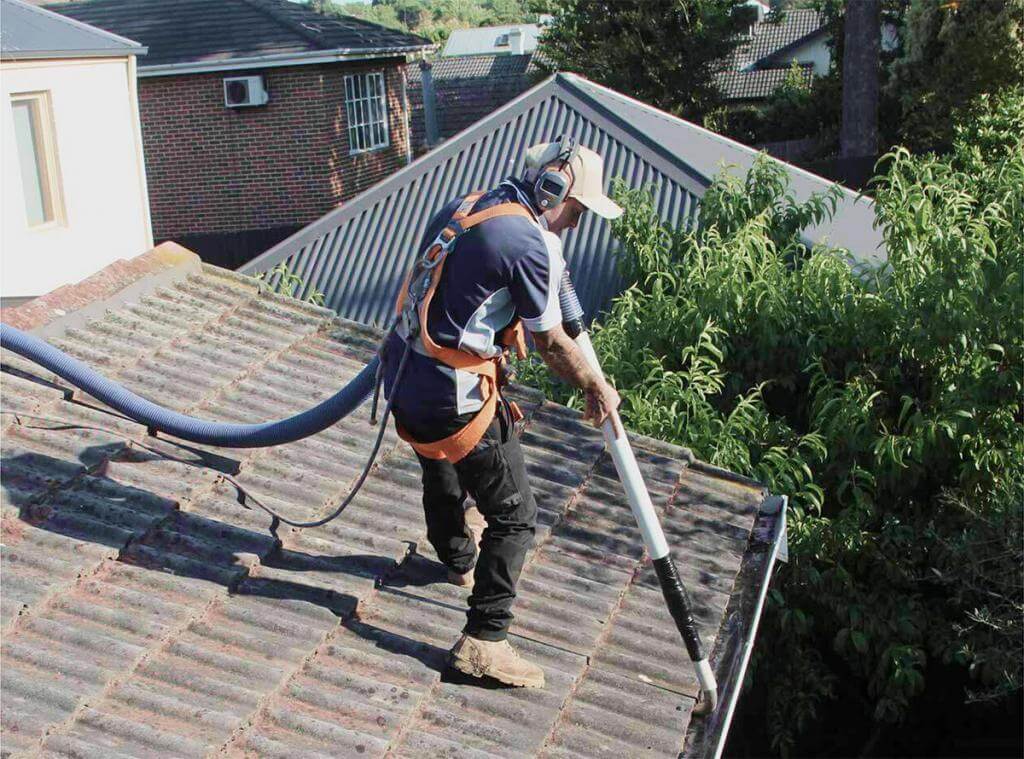Flagstaff Gutter Cleaning: Expert Tips for DIY Maintenance Keeping your gutters clean is an essential part of home maintenance. In Flagstaff gutter cleaning, where we see a considerable amount of precipitation, it’s particularly crucial. But you don’t always need a professional to do it. With these expert tips, you’ll be well on your way to keeping your gutters well-maintained all year round. Learn how to clean them out, how to identify potential issues, and what you can do to prevent damage before it occurs. Remember, a little effort now can save you a lot of trouble (and money) down the line. Assess Your Gutter System Before you start the cleaning process, it’s crucial to assess the condition of your gutter system thoroughly. Begin with a visual inspection of your gutters and downspouts. Look for any signs of damage, such as cracks, dents, sagging sections, or loose fasteners. If you notice any leaky corners or overflow during rainstorms, this could be a sign of blockage or improper alignment. Also, check if the gutters are securely attached to your house – a gutter that’s pulling away from the house may require reinforcement or repair. Remember, any damage should be addressed promptly to avoid more serious and costly problems in the future. Prepare for Gutter Cleaning: Essential Tools and Safety Measures Before tackling the task of gutter cleaning, it’s vital to gather the necessary tools to ensure a successful and safe job. Here’s what you’ll need: Extension ladder: Safety should be your top priority, so make sure to have a sturdy extension ladder that provides the height needed to reach your gutters securely. Don’t forget to secure it properly to avoid accidents. Sturdy gloves: Protect your hands from sharp debris and any potential critters lurking in the gutters with a pair of durable gloves. Gutter scoop or garden hose attachment: To effectively remove the built-up gunk, you’ll want either a gutter scoop or a garden hose attachment. The choice depends on your preference – a specialized gutter scoop for easy use or a garden hose attachment for flushing out the debris. Safety glasses: Shield your eyes from any flying debris during your work by wearing safety glasses. Bucket: Have a bucket handy to collect the debris you remove from the gutters. Remember, when it comes to DIY home maintenance tasks like gutter cleaning, safety is crucial. Always use the right gear and take the necessary precautions. Clearing Leaves and Debris from Your Gutters: Protect Your Home from Water Damage During seasons when trees shed their leaves, it’s crucial to remove the buildup of leaves and debris from your gutters. If left unchecked, this blockage can cause serious water damage to your home. To get started, use a sturdy ladder to safely reach your gutters. With a gutter scoop or attachment, carefully scrape out the accumulated material, being mindful of not damaging the gutter itself. As you go, dump the debris into a bucket to keep your work area clean and prevent any blockages on the ground below. Regularly clearing your gutters is a simple task that can save you from major headaches down the line. Clear and Thorough Gutter Cleaning: How to Rinse and Flush Away Debris Don’t just stop at removing debris from your gutters – take the extra step to ensure a clean and clear result. After you’ve cleared out the bulk of the debris, it’s time for a thorough rinse. This step is essential for getting rid of any remaining dirt, dust, or small particles that may be lingering. To accomplish this, grab a garden hose or a bucket of water. Starting at the far end of the gutter, begin rinsing and work your way towards the downspout. The flowing water will effectively flush away any remaining muck. This not only keeps your gutters clean but also allows you to identify any potential leaks or blockages in your downspouts. As you perform this task, remember to prioritize safety. Be cautious when climbing ladders and when working with water near electrical lines. Keep Water Flowing Smoothly: Preventing Gutter Obstructions To maintain the health of your gutter system, it’s crucial to ensure that water can flow easily from your downspouts to the ground. Obstructions like overgrown plants, mud buildup, or debris can disrupt this flow, leading to issues like standing water, rust, rot, and even damage to your home’s structure. Regularly checking for obstructions, especially after heavy rain or during the autumn when leaves are prone to clog gutters, is key to keeping your system working optimally. Safely climb a ladder to inspect your downspouts and promptly remove any blockages you discover. Don’t forget to protect your hands with gloves to avoid injury from sharp debris or critters that might have made your gutters their home. Protect Your Gutters: The Key to Preventing Water Damage Don’t let weak spots in your gutters cause big problems for your property. Spotting issues like rust, dents, or sagging is essential during maintenance inspections. And it’s crucial to address them immediately! Addressing rust is vital because it can lead to holes that cause water to leak onto your property instead of being directed away from it. Dents may seem minor, but they can disrupt water flow and result in overflows during heavy rain. And sagging sections? They indicate structural weakness and could collapse under the weight of rainwater or debris. Luckily, there are effective solutions. Consider using a rust-proofing treatment, gently fixing dents, or installing gutter hangers for added support. By taking these proactive steps, you’ll safeguard your home from potential water damage when winter rains arrive. Clearing Your Rain Gutters: A Step-by-Step Guide When it comes to maintaining your gutters, clearing them out regularly is your first line of defense. Gutters blocked with leaves, twigs, or other debris can prevent rainwater from draining properly, leading to potential roof damage or basement flooding. To clean your gutters, start by removing large debris manually. Then, using a hose, flush the gutters to rinse away smaller particles.

